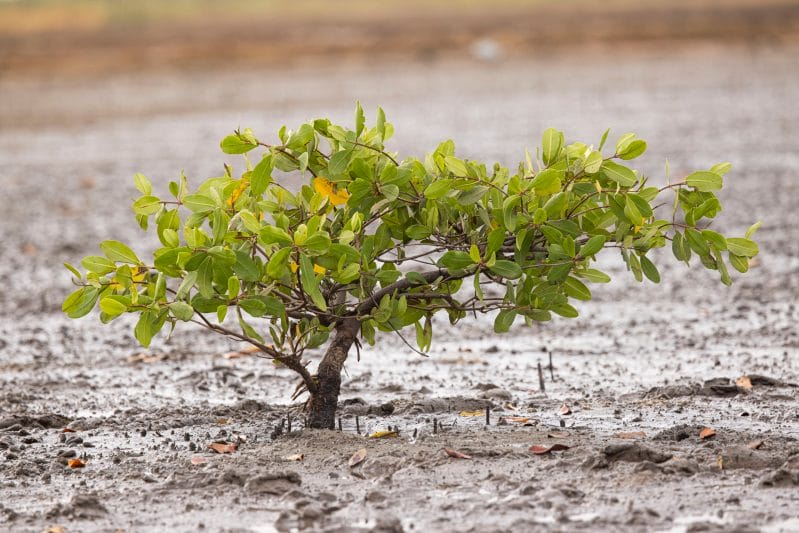Soils are far too often considered as “dirt”, while in fact, they have profound importance for life and are linked to everything around us. They feed us and play a key role in biodiversity conservation. It turns out that today is Earth Day, a very special occasion and opportunity to bring soils into the spotlight.
Do we notice the soils that surround us? Do we realize that there is actually more than concrete and asphalt? There are many different types of soils: from deep and dark arable fertile soil which is fundamental for agriculture, to clayish desert soil and peat soil. Soils are important everywhere. However, in some regions of the world, they are much more fragile than in others. A perfect example to illustrate this is Burkina Faso.
During my recent field trip there, I was amazed by the different types of soils. There is quite often a red and iron-bearing layer of soil that covers the underlying rocks and, in some areas, the soil is more sandy. Particularly in the northern part of the country, in the Savannah and in the Sahel, the soils’ crust is very hard and, at times, almost impermeable. Low rainfall and harsh winds leave the soil as dry as a rock and drive further degradation and desertification.
The good news is that the erosion and degradation of soils in Burkina Faso is still reversible. With the appropriate technologies and involvement of communities, forests can be restored and, with that, the ecosystem functions of the soil sustained.















